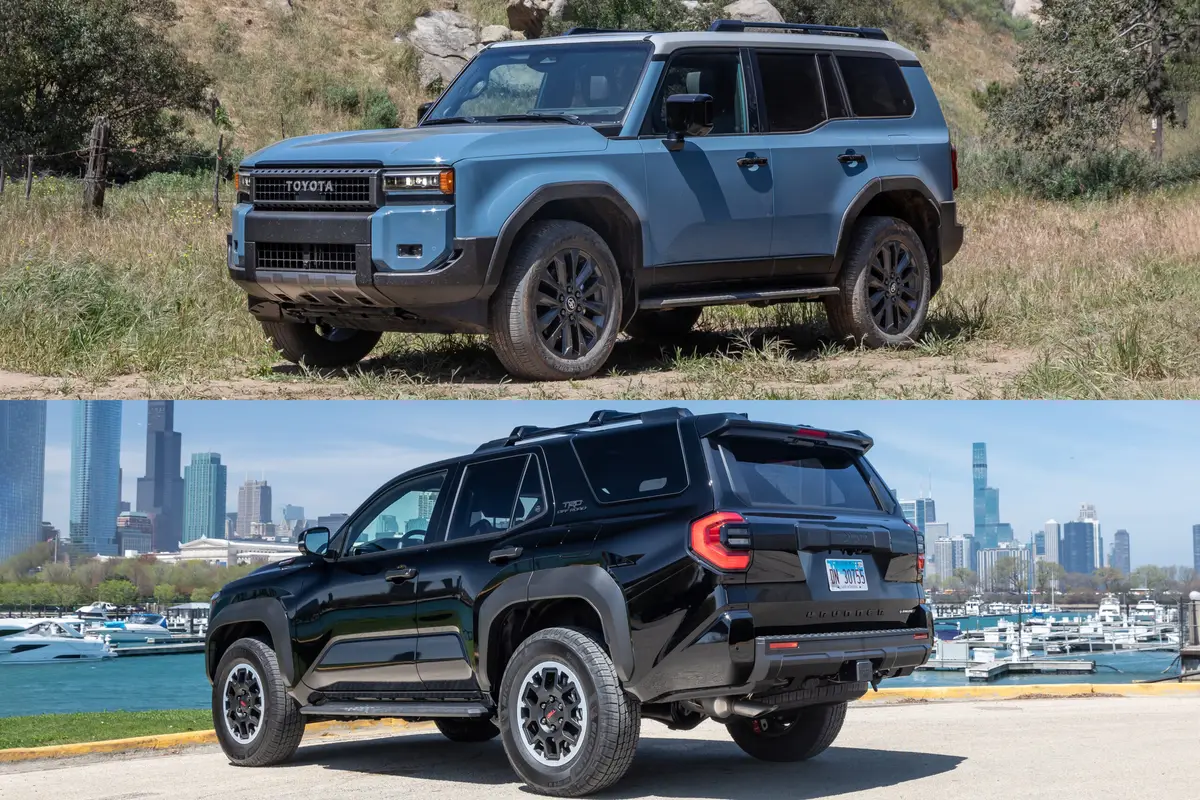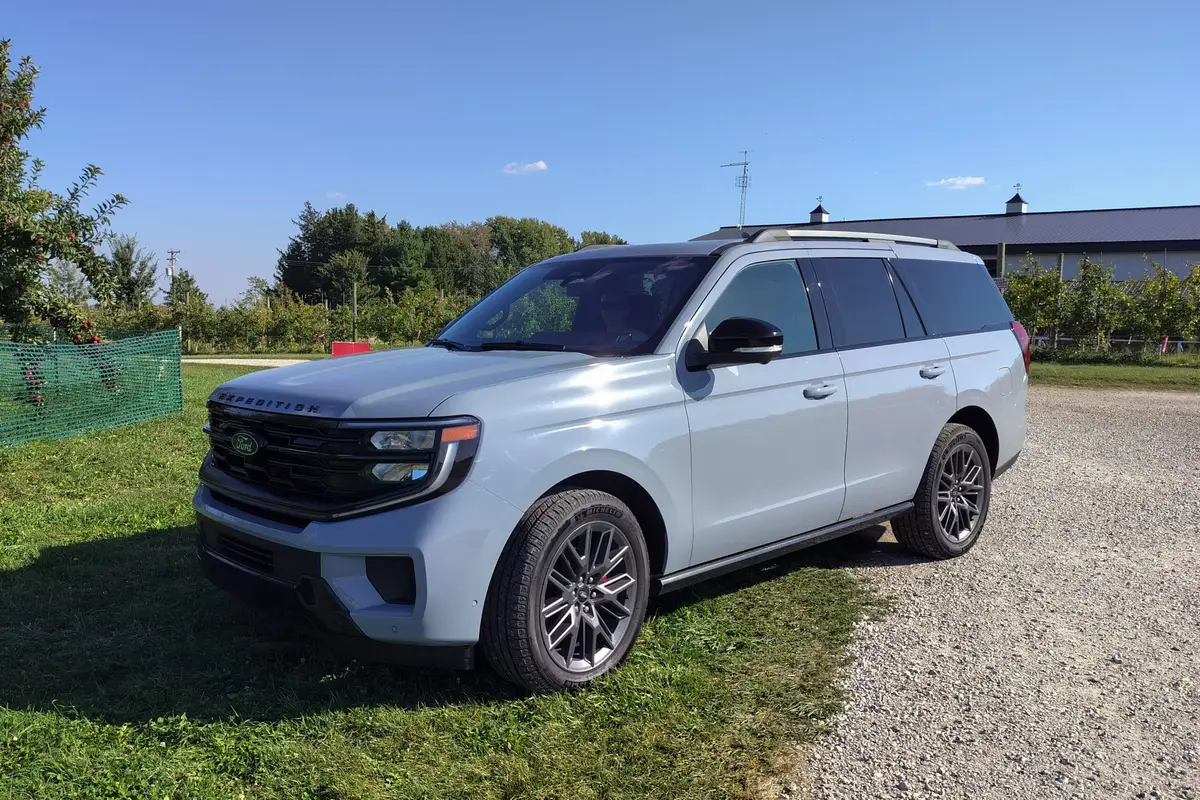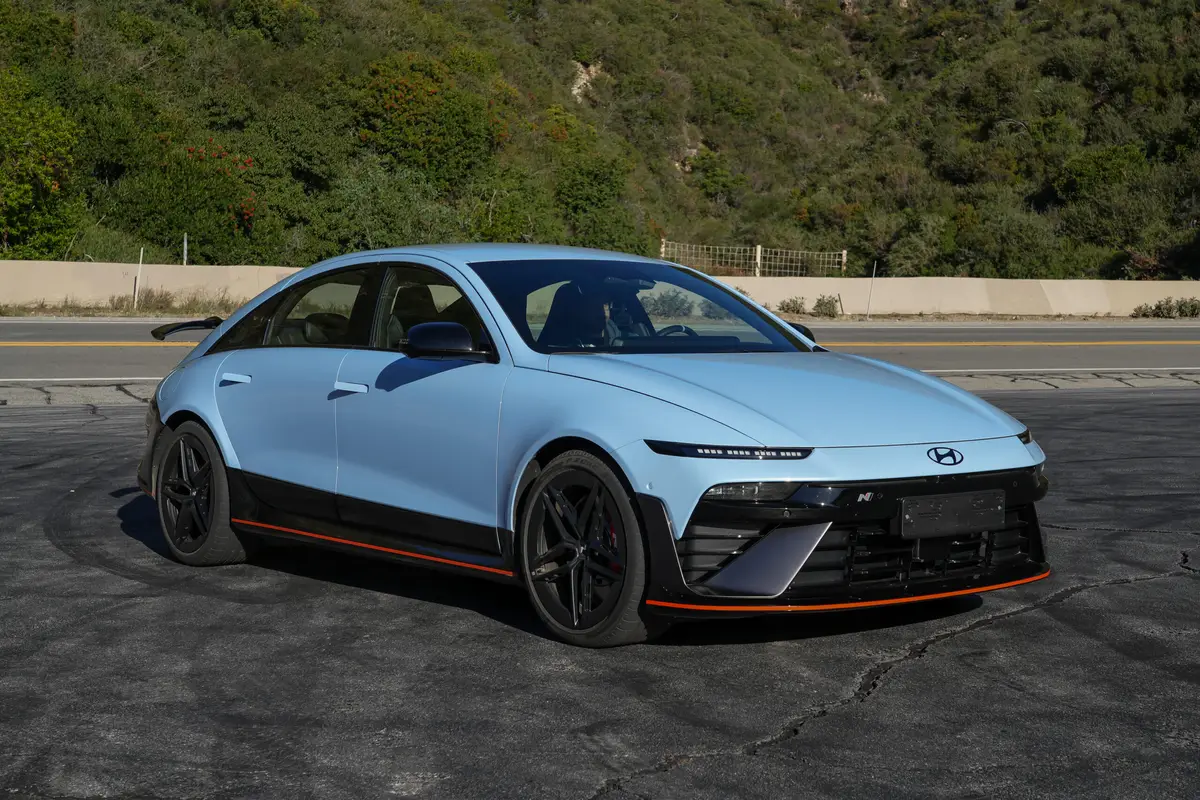A Winter in the Nissan Leaf

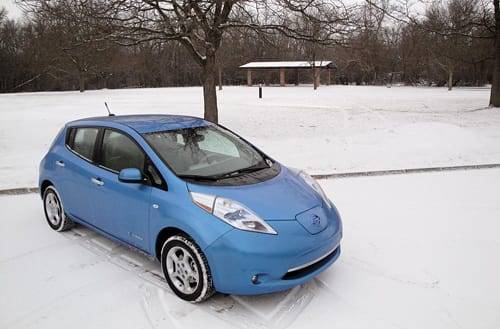
The Nissan Leaf’s cold-weather performance was one of the mysteries we wanted to explore, and we knew it would be complicated by our car’s lack of a winter package — an option still under development that will add battery insulation and heated seats and steering wheel. (What can we say? We’re impatient.)
As we reported earlier, driving a Leaf in winter has been no problem in the practical sense. What we haven’t discussed is the issue of range. After two winter months with our Leaf, we come away with two overriding learnings. No. 1: True range has been utterly unpredictable. No. 2: For our purposes, No. 1 has been of no consequence.
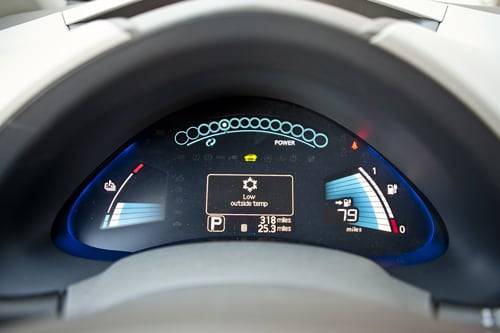
Since February, we consistently recorded many data points for each trip, including the projected range — the instrument panel readout of the number of miles our Leaf estimated we could travel. For consistency, we always recorded this predicted range with the climate control on and the drivetrain in Drive, not in Eco mode, giving us the lowest reading. We also instructed our editors to drive normally, not to go out of their way to “hypermile” or save energy by freezing themselves — unless they found they were desperately low on range. We tested the cars like real cars, not science experiments.
In our Leaf, the results were erratic, and patterns in our data were elusive.
With the car plugged in and the battery fully charged, the estimated range was typically between 70 and 80 miles, which is in line with the EPA’s range estimate of 73 miles but lower than Nissan’s “up to” number of 100 miles. Outside temperatures remained relentlessly between the mid-20s and mid-40s for most of our trips. (Because of its later delivery, the Leaf didn’t experience the sub-20 degrees, sub-10 and subzero temps our Volt endured.) Only later did temps begin to edge into the 50s, and they jumped higher only a few times.
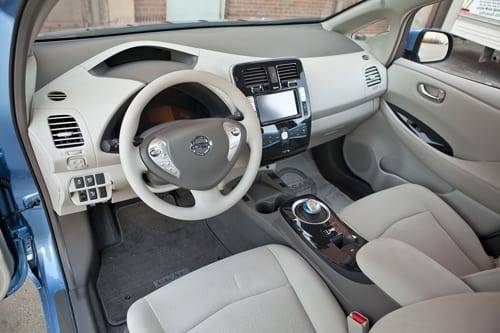
Usually, if the predicted range was above or below 70 to 80 miles, it was soon proven incorrect — either it would drop dramatically after a few miles or it would add miles once underway rather than subtract them. Our highest recorded estimated range at the beginning of a trip was 103 miles. It seemed unrealistic because the outside temperature was only 35 degrees. Ultimately the Leaf agreed, because the range had dropped to 62 miles after a 9.8-mile trip, which is only 24% of the original prediction.
Unfortunately, even these seemingly predictable inaccuracies had exceptions: On one comparable trip, the original prediction was 94 miles, and we traveled 142% of that distance. Out of 70 trips, the overestimations (more miles lost from estimated range than actual miles traveled) outnumbered the underestimations by a 3-to-1 ratio.
What factors precipitated an overestimate versus an underestimate? We wish we knew. Though the longest predicted range and the best observed outcome (not the same trip) both came at comparatively higher temperatures than the shortest range and worst observed outcome (again different trips), a trend wasn’t guaranteed. Time after time when a pattern seemed to appear in our data, we’d look for possible causes, but seldom could we find one. We recorded temperature, predicted miles, actual miles, post-trip readouts of miles per kilowatt-hour and average speed — and our own accounting of traffic conditions. No distance, condition, driver or reading ever correlated definitively and consistently with the range results.
- Highest predicted range: 103 miles (35 degrees)
- Lowest predicted range: 70 miles (24 degrees)
- Greatest overestimate: 24 percent (35 degrees)
- Greatest underestimate: 218 percent (52 degrees)
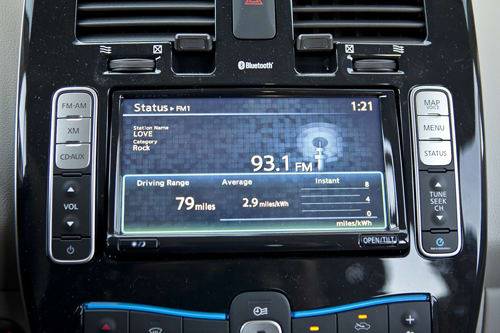
All we can do is speculate, and the leading theory is there are just too many variables, especially in cold weather. It’s the nature of Chicago commuting that trips are inconsistent in speed and traffic patterns from one day to the next, even at the same time of day. Few trips involve hopping on a freeway, driving a consistent speed and then getting off. Our various drivers’ styles vary as well.
When underway, the energy monitor shows that power consumption increases and the projected range decreases at highway speeds, which suggests that driving slower extends range. It does … and it doesn’t. While gas cars sit in a traffic jam idling their gas away, your electric drive is using practically none. But you’re also on the road longer than you would be if at a higher speed, and you’re running the heat. There must be a tipping point, a sweet spot where you’re going fast enough not to use too much electric heat but slow enough that you’re cruising efficiently, but it’s a moving target due to all of the variables. Preheating the cabin on grid power before departing must have increased range, but, once again, we couldn’t put a number to it compared with the times we didn’t pre-heat the car.
Our best chance at more reliable range predictions will probably come as temperatures increase, removing at least the cabin-heat variable. (Heated seats would help too, as they use less energy yet keep occupants comfortable.)
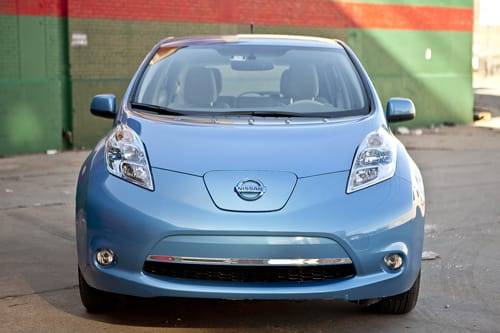
We do think the car could and should be better at predicting range than it is, regardless of the variables. Oftentimes we’d see dramatic drops in estimated range after just a mile or so on the road. That’s not the best time to be scribbling notes or to find that the range you saw on the dash (or the owner website or iPhone app) was too optimistic. If we can witness this happening consistently, the computer’s algorithms should account for it, too.
Perhaps the most important lesson is one we realized while poring over data to see if long trips yielded more accuracy than short ones. The answer appears to be no, but when wondering if we should have taken more long trips, we recognized we would have had to intentionally drive more than we actually needed to. The upshot is a staff full of people who live in Chicago and its suburbs commuted and generally lived their lives in the Leaf for two months; no one ran out of juice and only a few times was it even a concern. We often charge the Leaf at the office at 240 volts; only a few of us charge at home and only I do so at 240 volts.
The unpredictable range means the Leaf isn’t for someone whose commuting needs are closer to the car’s limits than ours are, and it’s certainly not a likely choice if you can own only one car. But we’ve proved that in a worst-case scenario — cold weather and a car that’s not customized for it — the Leaf was serviceable and enjoyable for our purposes. We look forward to reporting any changes we see when spring arrives … if it ever does.
Read More
A Winter in the Chevy Volt
Continuing coverage of our long-term Chevy Volt and Nissan Leaf
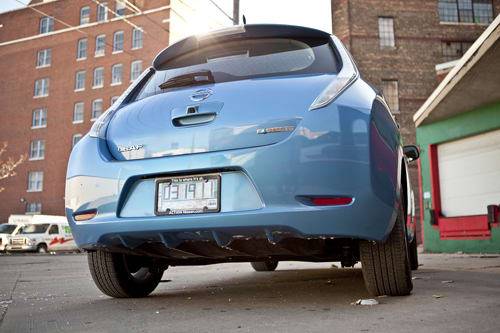

Former Executive Editor Joe Wiesenfelder, a Cars.com launch veteran, led the car evaluation effort. He owns a 1984 Mercedes 300D and a 2002 Mazda Miata SE.
Featured stories
